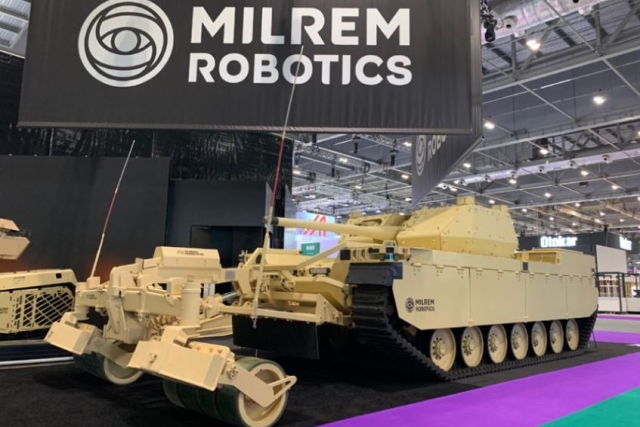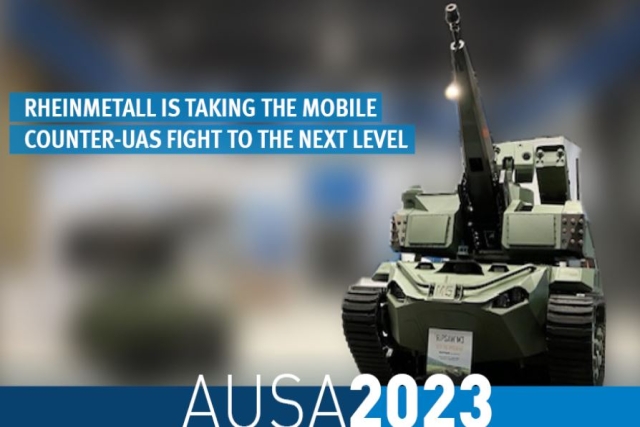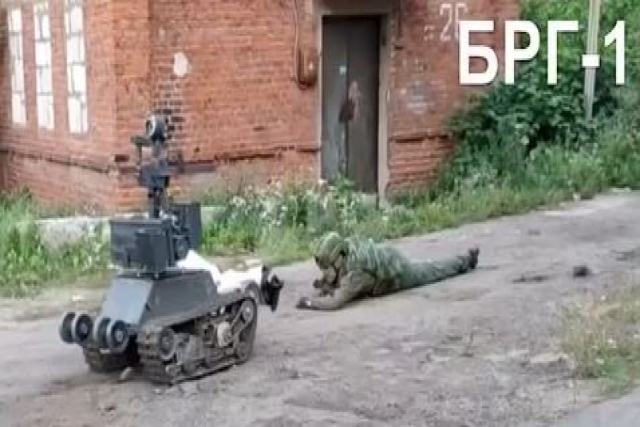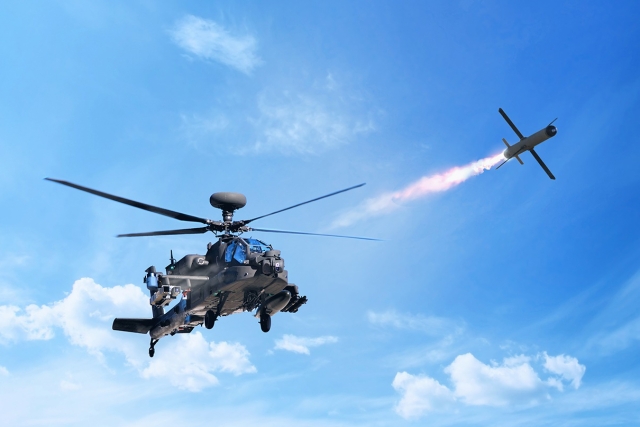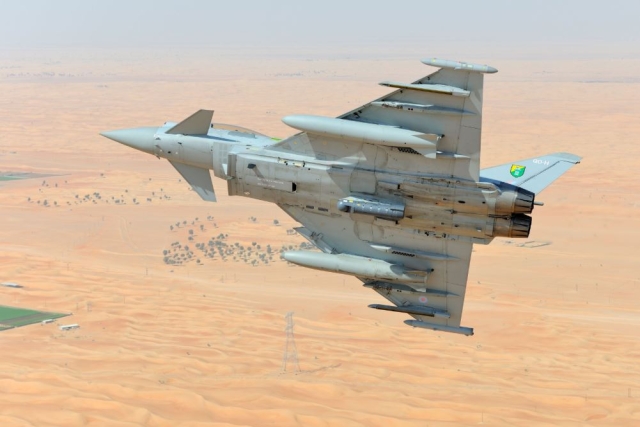New System Developed for Enhanced Depth Perception in EOD Robots
Collaboration between AFRL, AFWERX, and Tech Connect introduces cost-effective solution for EOD operations
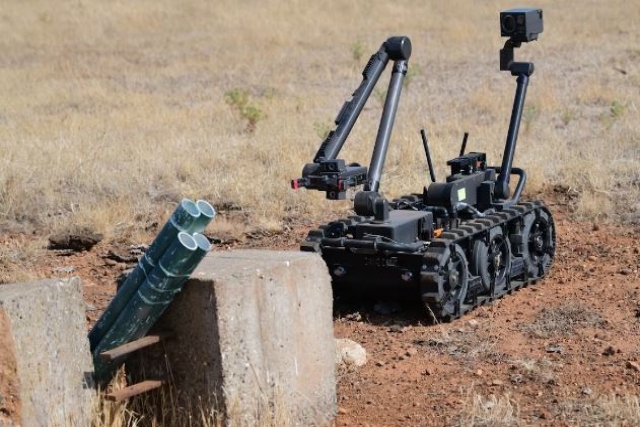
In a collaborative effort involving the Air Force Research Laboratory (AFRL), AFWERX, and Air and Space Force Tech Connect, a new system has been developed to enhance depth detection capabilities in explosive ordnance disposal (EOD) robots.
The primary aim of this system is to enhance precision and safety for EOD personnel involved in counter-improvised explosive device (C-IED) operations.
Dr. Mohammad Imran Vakil, senior electronics engineer at AFRL's sensors directorate, stated, "We're hopeful our work will save lives and prevent injuries to the Airmen working in the field." Dr. Vakil specializes in sensing system architecture and remains informed about emerging technologies through Tech Connect and other outreach methods.
EOD technicians routinely confront risks associated with explosive materials, leading to the frequent use of robots in C-IED operations to safeguard personnel from potential harm.
"Precision is everything for an EOD technician because there is no margin for error," emphasized Tech. Sgt. Daniel Trombone, EOD Team leader at the 99th Civil Engineer Squadron. Trombone stressed the importance of robots addressing as many challenges as possible before exposing human operators to danger.
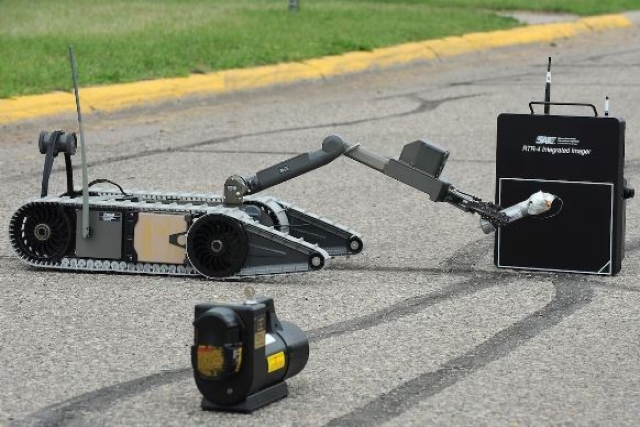
Currently, EOD robots lack the capability to determine depth and rely on two-dimensional cameras and displays. This limitation introduces unnecessary risks in navigating three-dimensional environments, affecting EOD technicians, civilian bomb squads, and allied explosive disposal teams.
The newly developed system employs infrared sensors and LED lights to offer improved depth perception to EOD robot operators. This enhancement facilitates more accurate and safer manipulation of the robots. Notably, the system provides a cost-effective alternative to other solutions, such as stereoscopic cameras, which are pricier, prone to jamming, and challenging to repair in the field.
Tech Connect, recommended for the system through AFWERX Refinery, played a critical role in refining the prototype in collaboration with AFRL engineers. Dr. Vakil emphasized the impact of Tech Connect, stating, "[We] can directly have a conversation with engineers and scientists to evaluate if their technology will be a good fit for our needs."
The next phase for the depth perception system involves further refinement of the prototype in partnership with AFRL engineers. The objective is to use advanced electronics to make the system smaller, more precise, and better suited for long-term sustainment, eventually paving the way for manufacturing in the future.
